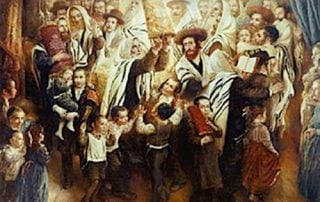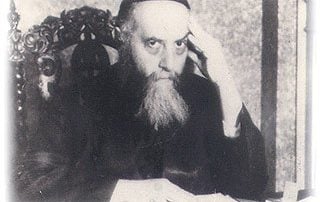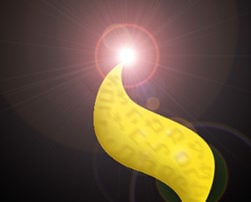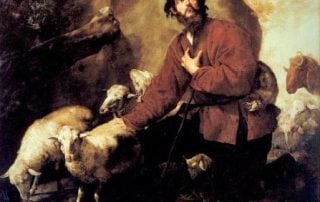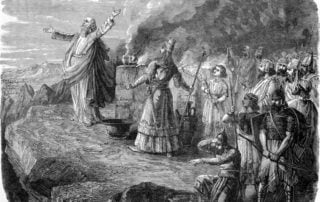sefirot, sefiroth, sefiros, sfiros, sefirah, sefira, sfirah
The Beard of the Long Face is Found
The previous Lubavitcher Rebbe, the Rebbe Rayatz (a.k.a. the Fridriker Rebbe) told the story about his father, the Rebbe Rashab. Once the brother of Rebbe Rashab, Rabbi Menachem Mendel (a.k.a. the RM”M) told him that he read in a magazine an article that stated that scientists found a nerve in the brain regulating the cognitive function so that when a person needed to remember something he would tilt his head looking up, whereas when the person needed to concentrate, he’d tilt his head down. The Rebbe Rashab took his brother to his study, took from the shelf a book by the Second Lubavitcher Rebbe, the Mittler Rebbe, in which it stated the same thing. The Rebbe Rashab said to his brother, “You’d think he was a doctor, but he wasn’t. He saw Adam [...]

